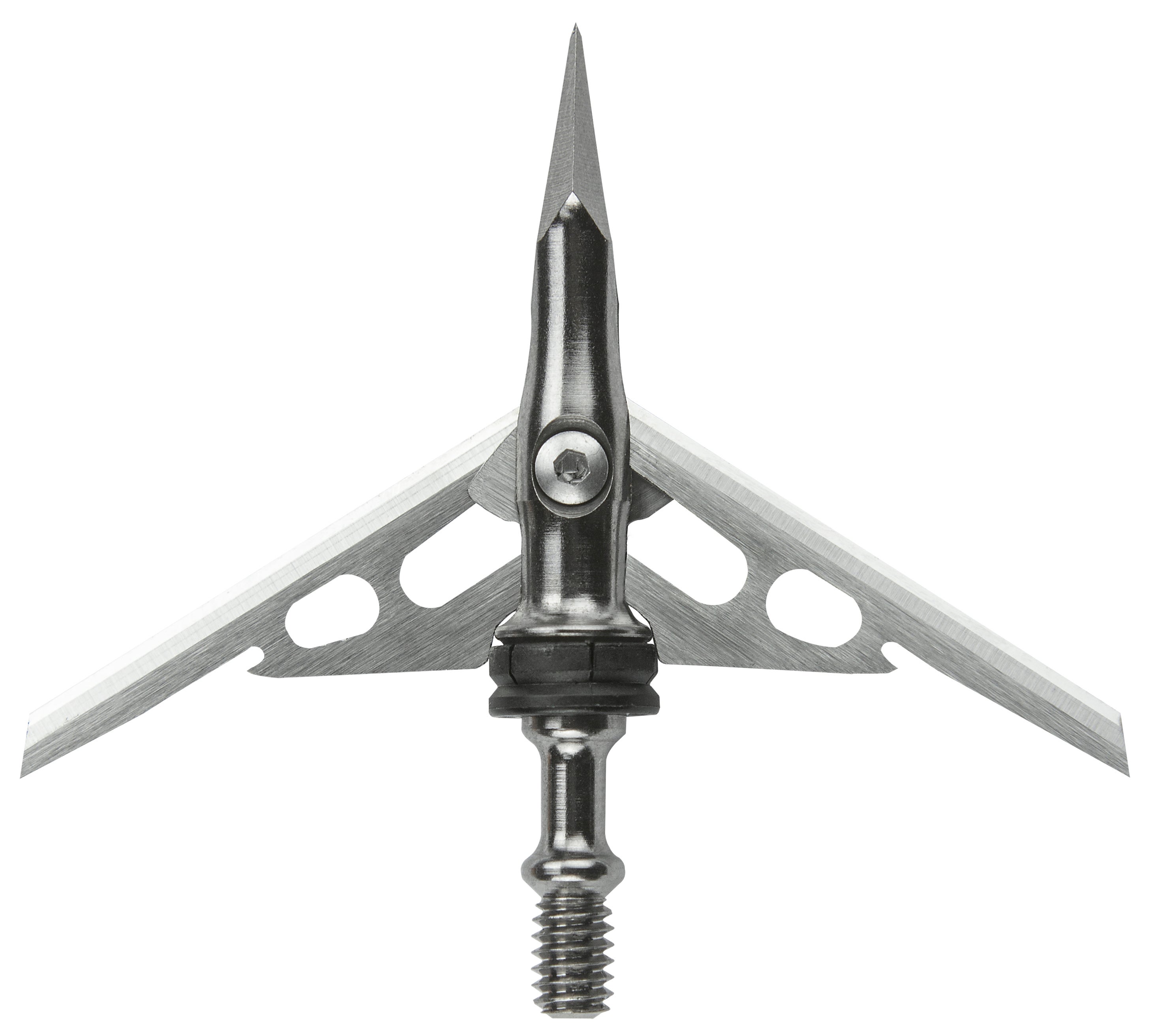Some Considerations for Electing a Broadhead
Dr. John Woods 10.15.13

Ten years ago, a work related shoulder injury knocked me out of bow hunting. Even so, I still enjoy following up on the technological evolution of archery hunting gear and accessories. As an outdoor writer that concentrates a majority of my work on deer hunting, I still get a lot of questions about choosing bows, arrows, broadheads, releases, and other archery gear.
I try to keep up with the advancements as much as possible, and that isn’t easy these days in the super fast paced world of archery hunting. For a time in the last decade, bow hunting was the fastest growing hunting sport. I suspect it is still pretty high on that list, but it has generally been displaced by women coming into all phases of the hunting sports.
One of the essential pieces of archery hunting gear just behind the bow and even perhaps ahead of the arrow itself is the broadhead. The broadhead is the implement at the point of the arrow that impacts the target to inflict the killing blow. Good quality, well engineered broadheads are designed on the basis of penetration performance via the cutting edges of the blades. Beyond that, there is a confusing plethora of options on retail shelves. Let’s consider some of the current offerings.
Easton Flat Line Surgical, Beman Bone Collector, Carbon Express Mutiny, Muzzy Phantom, Rage Titanium, NAP Thunderhead Edge, and the Grim Reaper Razor Cut are a few of those available. All really cool names huh? What the heck do they mean to you as a bow hunter walking into a shop looking to buy a new set of broadheads for deer hunting? Picking a good broadhead for your arrow and bow takes a lot more than a cool name.
Generally speaking, archery hunting broadheads come in two basic configurations: fixed blades and expandable blades. Fixed blade types simply means the razor sharp blades are mounted into the broadhead shaft. They’re usually replaceable and can be resharpened with proper tools. The leading edge is a chisel sharp point for penetrating.
Expandable blades means the razor edges are inserted into the broadhead shaft, but are folded forward for flight then deploy upon impact. The lead edge is similar to those on fixed blades.
I am sure there are comparisons out there pitting one type of broadhead against the other, but I have not seen such data. As the bow hunter, you will have to choose which you think is best for your setup. Ask around to other bow hunters and dealers about their actual use recommendations. I have heard of expandable blades not popping out on impact as well as fixed blades breaking off on impact. Perhaps actual field testing during hunting is the only way to know for sure.
Broadheads are also gauged by weight in grams, not unlike bullet weights. You have to know what weights your arrows and bow will best handle, and then buy broadheads within that weight range. The proper weight will allow the broadhead to fly its flattest trajectory as well as at its fastest speed, all else being equal given the power of the bow itself.
The best way to find out how a particular broadhead flies off your bow to the target is to shoot it. This may mean buying several different types of broadheads, or maybe teaming up with a bow hunting partner to swap or trade broadheads.
Next comes hunting. If you successfully harvest a deer with the set up you have, then one would assume the choice was a good one. As you carefully field dress your deer, be sure to examine the results of the shot. Try to recover the broadhead to see how it held together or what might have broken in the process of penetration.
Of course many times the arrow flies right through a deer and is either lost or may be hard to find. Again, try to recover it for examination. Did it hit bone or did it sail through soft tissue to take out the heart or lungs. Was the broadhead intact or broken? In the final analysis, this may be the only way to actually determine if the broadhead is a good one.
I suspect most modern, name brand broadheads are fully capable of doing their job. So don’t agonize over your choice unless you find a catastrophic failure when using one. If that happens, then move on to another type.
Picking the right broadhead for your bow hunting rig does not have to be a big mystery, but it does demand a little research and prudent shopping. Pick one, practice with it, hunt with it, and then cast your final vote.